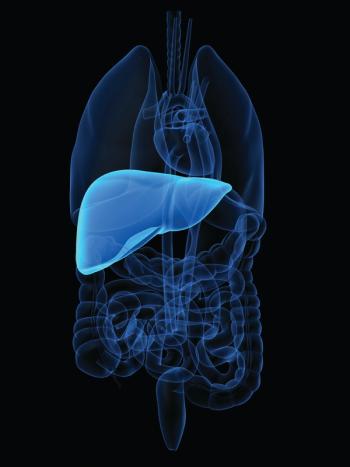
Oncology NEWS International
- Oncology NEWS International Vol 8 No 3
- Volume 8
- Issue 3
Survey Shows Low Use of Colon Cancer Screening Tests
ATLANTA-Although screening can reduce mortality from colorectal cancer, a CDC study indicates low use of sigmoidoscopy/proctoscopy and the fecal occult blood test (FOBT), particularly within the recommended time intervals. People with health insurance, higher incomes, and more education were more likely to report having had these tests.
ATLANTAAlthough screening can reduce mortality from colorectal cancer, a CDC study indicates low use of sigmoidoscopy/proctoscopy and the fecal occult blood test (FOBT), particularly within the recommended time intervals. People with health insurance, higher incomes, and more education were more likely to report having had these tests.
In 1997, only 41% of adults age 50 and older reported having had one of the two commonly recommended screening tests (FOBT or flexible sigmoidoscopy) within the recommended time frame [MMWR 48(6):116-121, 1999].
The CDC analyzed data from the 1997 Behavioral Risk Factor Surveillance System (BRFSS) on the use of colorectal screening tests. All 50 states, the District of Columbia, and Puerto Rico participated in the BRFSS, a population-based, random-digit-dialed telephone survey of the noninstitutionalized, US population 18 years or older. A total of 52,754 persons aged 50 or over were asked whether they had ever had a blood stool test using a home kit or a sigmoidoscopy/proctos-copy and when the last test had been performed.
Overall, 39.7% of respondents reported ever having had an FOBT, and 41.7% said they had ever had sigmoidoscopy/proctoscopy. A total of 19.8% reported having had FOBT during the preceding year, and 30.4% said they had had sigmoidoscopy/proctoscopy during the preceding 5 years (the recommended time periods). Overall, 40.9% reported having had either test within the recommended time interval, and 9.5% reported having had both tests during the prescribed time.
Men were more likely than women to have had sigmoidoscopy/proctoscopy (35.1% vs 26.7%), and women were more likely to have had FOBT (20.9% vs 18.3%).
The findings in this report underscore the need for efforts to increase screening for colorectal cancer, the report said. In response to low rates of use of screening tests, CDC is beginning a comprehensive health communication campaign to educate consumers and health care providers about the importance of colorectal cancer screening and to encourage patients to discuss screening options with their providers.
Articles in this issue
over 26 years ago
Strong Upsurge in HIV and Tuberculosis Predictedover 26 years ago
NCAB Urges Repeal of Law Requiring Research Data Disclosureover 26 years ago
Response to Ontak Leads to Improved QOL in CTCLover 26 years ago
Medicare Will Phase in Risk-Adjusted HMO Payments Over 5-Year Periodover 26 years ago
Patients Need to Understand Cancer Testing Limitationsover 26 years ago
Assessing the Value of the Pain Intensity Assessment Toolsover 26 years ago
More Than 500 Clinical Practice Guidelines Now Available On-lineover 26 years ago
Inefficient Burning of Fossil Fuels Puts Children at Riskover 26 years ago
IOM Urges Replacing Race With Ethnicity in Cancer StudiesNewsletter
Stay up to date on recent advances in the multidisciplinary approach to cancer.



















































































